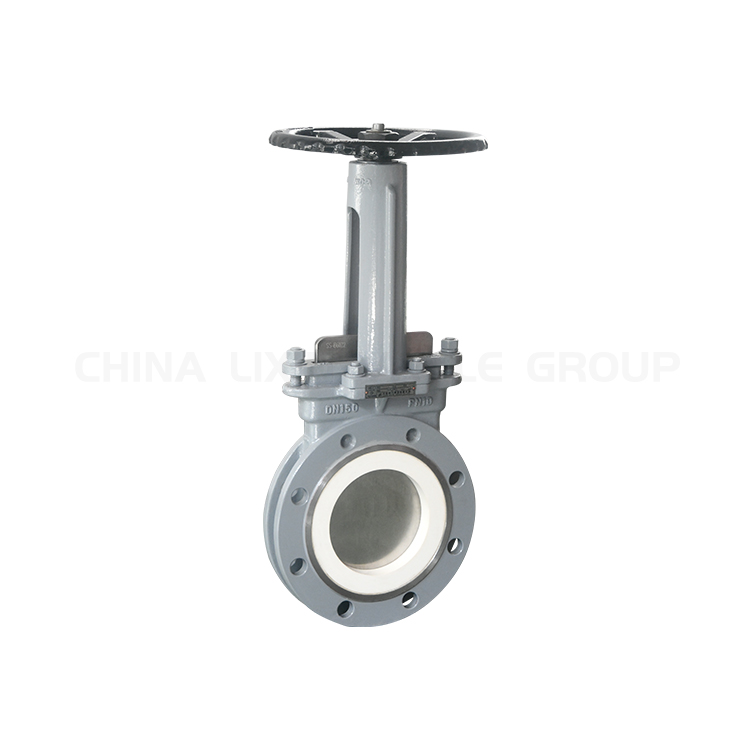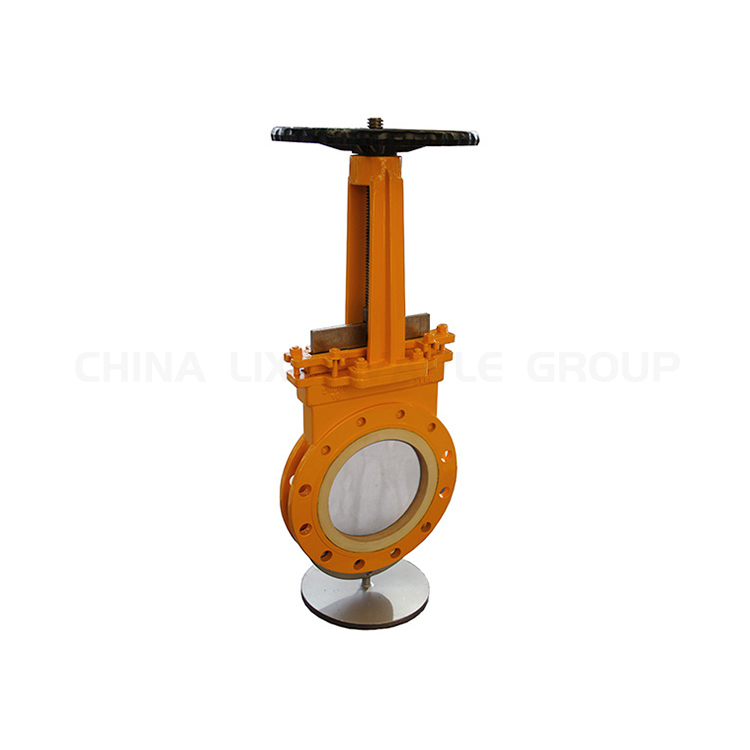Ceramic Knife Gate Valves: A Comprehensive Guide
Introduction
Ceramic knife gate valves are essential components in various industries, designed to handle thick fluids, slurries, and wastewater. In this article, we’ll explore their working principles, types, advantages, and disadvantages.
What Is a Ceramic Knife Gate Valve?
A ceramic knife gate valve is specifically engineered for precise flow control. Its primary purpose is to shut off or allow the flow of highly viscous liquids or those containing solid particles. The valve features a thin metal blade, often referred to as the “knife,” which moves into the open or closed position either manually or automatically using an actuator.
Working Principles
- Flow Isolation: The ceramic knife gate valve uses a thin metal plate (the knife) to isolate flow in pipes, channels, or ducts. When fully opened, the knife is completely protected from the flow, and when closed, the knife edge is secured between two seals to prevent leaks.
- Actuation: For manual operation, a handwheel turns a threaded spindle connected to the knife, gradually changing its position from open to closed. In automatic versions, pneumatic cylinders or geared motors actuate the knife gate valve.
Advantages
- Smooth Flow: The knife-like blade creates a clean, straight-through flow path, minimizing pressure drop and optimizing system efficiency.
- Reduced Clogging: The smooth flow path reduces the risk of clogging and blockages, ensuring consistent operation.
- Tight Seal: The ceramic gate ensures a tight seal, preventing leakage and maintaining pressure integrity.
- Minimized Turbulence: The polished surface of the ceramic gate minimizes turbulence and pressure drops.
Disadvantages
- Not for Flow Control: Ceramic knife gate valves are not designed for flow rate control; they are strictly for on/off applications.
- Wear: Partially opening the valve can accelerate wear due to the thin gate.
Types
- Manual Knife Gate Valves: Operated by handwheels or levers.
- Pneumatic Knife Gate Valves: Actuated by pressurized air.
- Electric Knife Gate Valves: Motor-driven for automated control.
Conclusion
Ceramic knife gate valves offer reliable flow control in industrial applications. Their unique design ensures efficient operation while minimizing maintenance issues. Consider these valves when dealing with viscous fluids or challenging environments.
Remember, a ceramic knife gate valve is your ally in managing flow effectively and maintaining system integrity.
Further Reading:
The Benefits of Using A Ceramic Knife Gate Valve In Industrial Applications
For More Detailed Information, Visit: Lixin Valve Group









